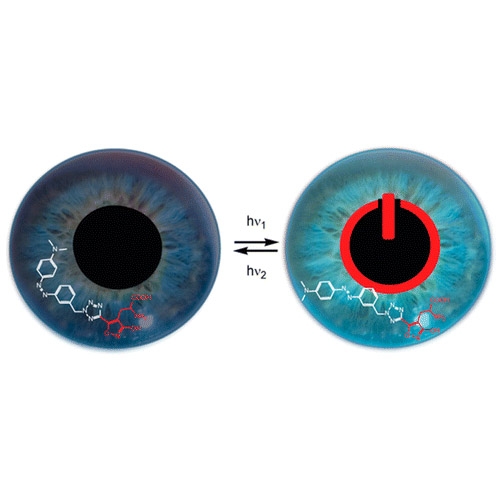Restoring Light Sensitivity in Blind Retinae Using a Photochromic AMPA Receptor Agonist
23-Oct-2015
Retinal degenerative diseases can have many possible causes and are currently difficult to treat. As an alternative to therapies that require genetic manipulation or the implantation of electronic devices, photopharmacology has emerged as a viable approach to restore visual responses. Here, we present a new photopharmacological strategy that relies on a photoswitchable excitatory amino acid, ATA. This freely diffusible molecule selectively activates AMPA receptors in a light-dependent fashion. It primarily acts on amacrine and retinal ganglion cells, although a minor effect on bipolar cells has been observed. As such, it complements previous pharmacological approaches based on photochromic channel blockers and increases the potential of photopharmacology in vision restoration.











